





Road Surface Rehabilitation
A paved road surface, commonly constructed of bituminous material or concrete, should provide a durable, predictable, running surface with adequate skid resistance which is able to withstand the effects of weather. When the road surface condition becomes poor or defective, rehabilitation or resurfacing work is needed to restore the pavement surface to the required level of service.
Pavements may become worn or damaged overtime due to ageing, weathering and the action of road traffic. Potholes, rutting, cracking, deformation and polishing are just some of the common pavement failures and these can lead to risks for vehicle occupants, motorcyclists and bicyclists as they may, for example, swerve or break suddenly to avoid defects. Motorcycles are especially vulnerable to pavement defects.
Ensuring that the pavement surface is consistent and free of defects can reduce risk. However, a high level of caution should be taken when providing a high-quality road surface on a poor-quality road (such as paving an unpaved road or a paved road with damaged pavement) is likely to result in higher traffic speeds and may increase risk unless it is accompanied with supporting infrastructure.
For more information on restoring or improving the road surface’s resistance to skidding refer to the Skid Resistance page.
- Can provide an even running surface free from major defects and hazards.
- Can provide a road surface with a high resistance to skidding, helping to reduce loss of control and rear-end type crashes.
- Can increase pavement strength, weatherproofing and extend life of pavement structure.
- Provides the opportunity to fix other road surface problems, such as crossfall and drainage.
- Provides the opportunity for adding or replacing road surface delineation such as painted markings or reflective road studs.
- Be aware that improved running surfaces may lead to an increase in vehicle operating speeds and increase risk.
- The choice of road pavement design, surfacing materials, design mix, and aggregate properties should be carefully considered.
- Ensure appropriate texture depth, individual aggregate properties such as Polished Stone Value (PSV) and the Skid Resistance Value (SRV) of the road surface is suitable for the location and expected traffic use.
- Resurfacing should not result in edge drops exceeding 60mm in height as this may cause an errant vehicle to roll over or lose control due to oversteering. Edge drops should be eliminated by additional backfilling of the verge or providing a sloping edge.
- Weather conditions during construction of bituminous surface courses can affect the laying operation and subsequent performance.
- Temporary traffic management at road works sites must be carefully designed and managed to ensure the safety of all those who may be affected including site operatives (road workers), road users, members of the general public and local residents.
The Star Rating Demonstrator is a freely available tool with the iRAP online software, ViDA. With the Star Rating Demonstrator, it is possible to explore the impact that this Safer Roads Treatment has on risk.
Treatment Summary
Costs | Medium |
Treatment life | 10 years - 20 years |
Potential casualty reduction | 25-40% |
Case Studies
Related Images
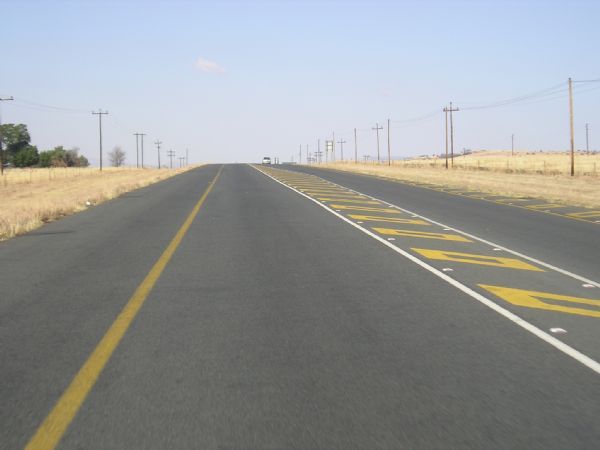 Good road surface South Africa. Image credit: iRAP
Good road surface South Africa. Image credit: iRAP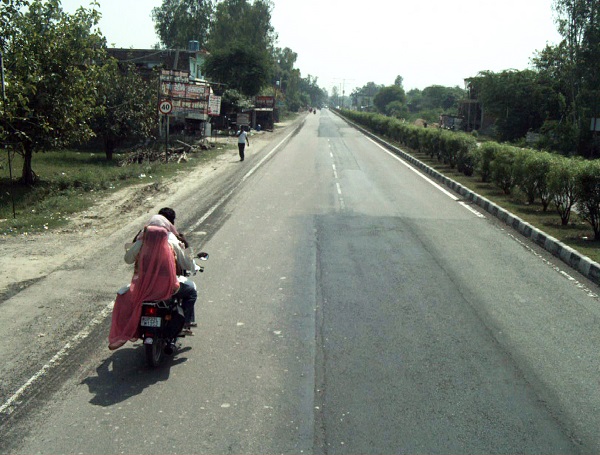 Loose gravel and informal sidewalk. Image credit: IndiaRAP
Loose gravel and informal sidewalk. Image credit: IndiaRAP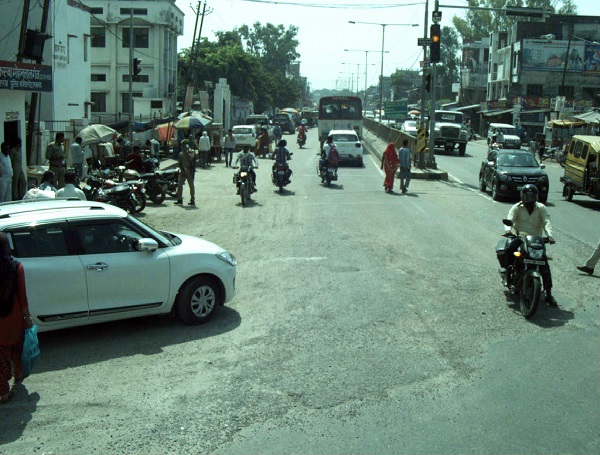 Poor road surface condition. The surface has loose gravel which affects skid resistance. Image credit: IndiaRAP
Poor road surface condition. The surface has loose gravel which affects skid resistance. Image credit: IndiaRAP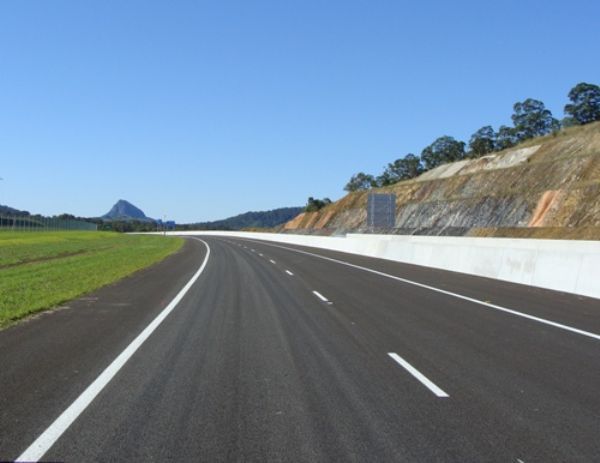 New duplicated section of the Bruce Highway (Cooroy to Curra), Queensland, Australia. Image credit: Luke Rogers, iRAP
New duplicated section of the Bruce Highway (Cooroy to Curra), Queensland, Australia. Image credit: Luke Rogers, iRAP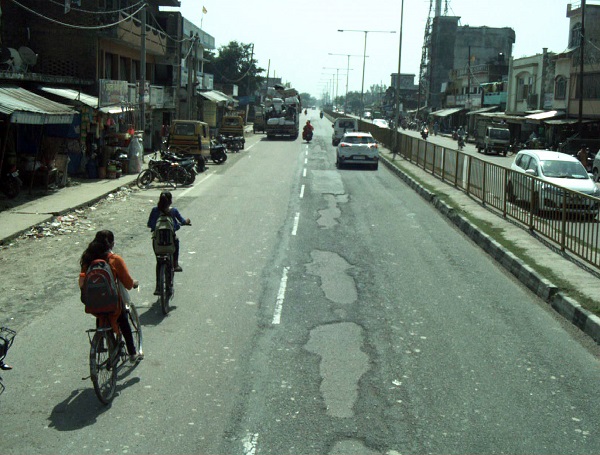 Poor road surface condition on a National Highway in India. Image credit: IndiaRAP
Poor road surface condition on a National Highway in India. Image credit: IndiaRAP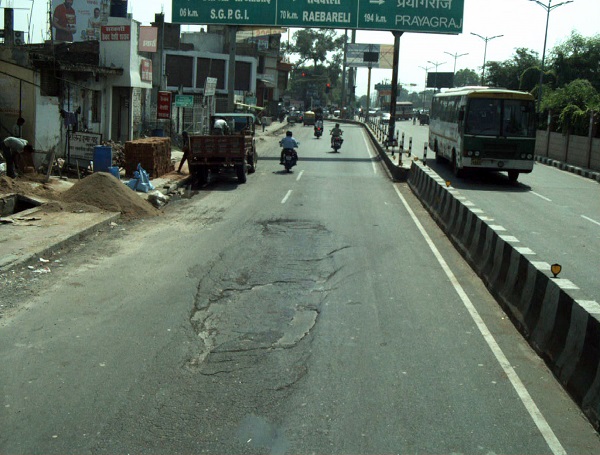 Poor road surface condition (surface deformation) on a National Highway in India. Image credit: IndiaRAP
Poor road surface condition (surface deformation) on a National Highway in India. Image credit: IndiaRAP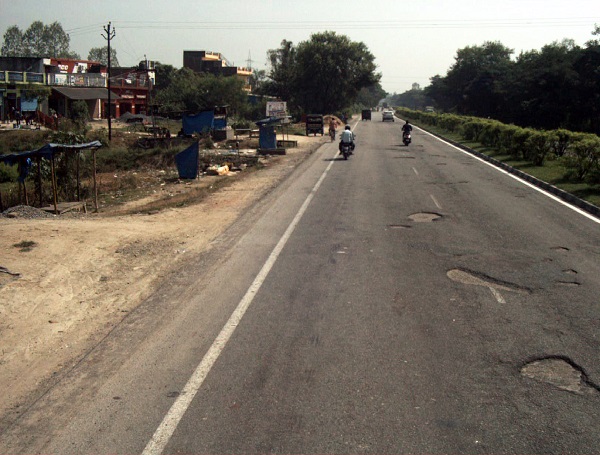 Poor road surface condition (pot holes) on a National Highway in India. rn Image credit: IndiaRAP
Poor road surface condition (pot holes) on a National Highway in India. rn Image credit: IndiaRAP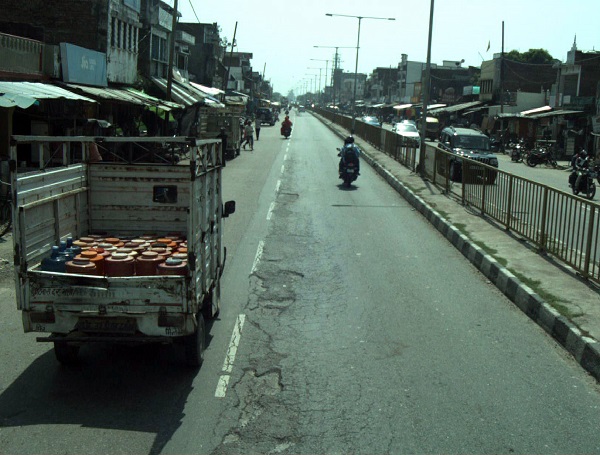 Poor Surface conditions. Image credit: IndiaRAP
Poor Surface conditions. Image credit: IndiaRAP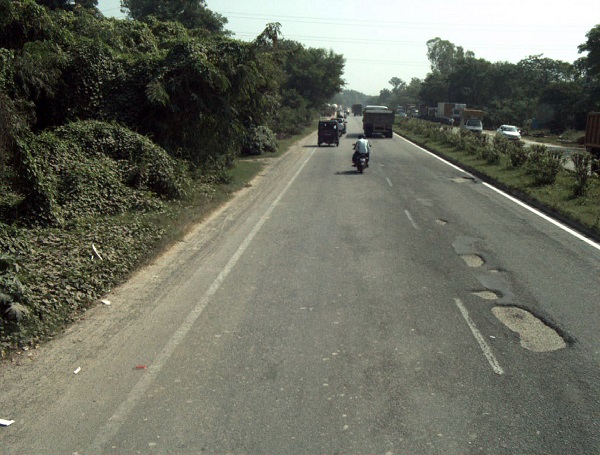 Pot holes on National Highway in India. Image credit: IndiaRAP
Pot holes on National Highway in India. Image credit: IndiaRAP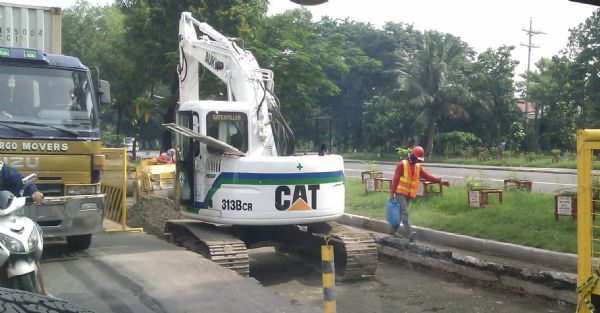 Road surface reconstruction - Manila Philippines. Image credit: iRAP
Road surface reconstruction - Manila Philippines. Image credit: iRAP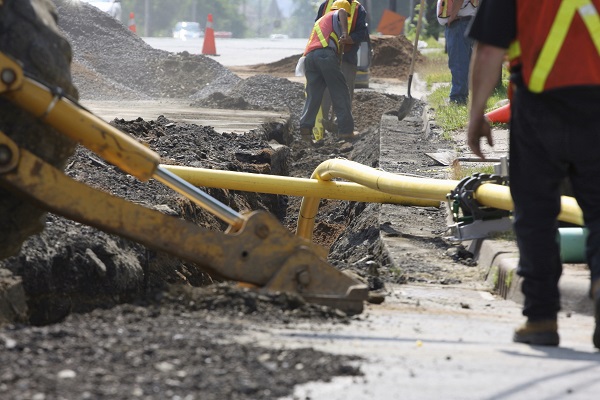 Roadworks. Image credit: iStock
Roadworks. Image credit: iStock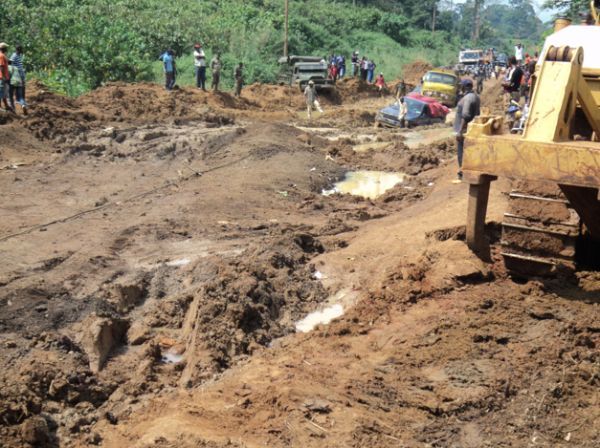 Earthworks. Image credit: Unknown
Earthworks. Image credit: Unknown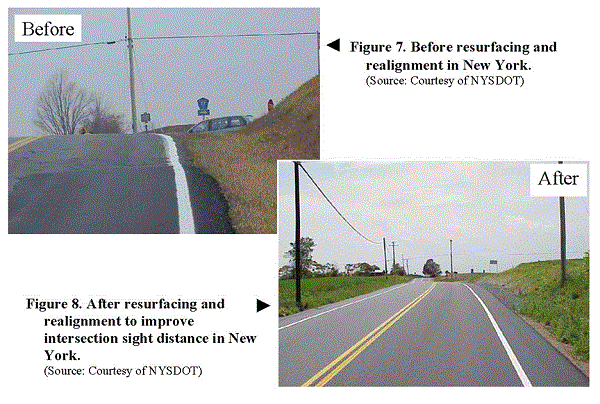 Before and after images of a location where alignment and pavement improvements were made in the USA. Image credit: FHWA and NYSDOT
Before and after images of a location where alignment and pavement improvements were made in the USA. Image credit: FHWA and NYSDOT










